Lucky bamboo is a fascinating little house plant. Adorable and easy to grow, they are quite common in homes around the world. Yet there are some myths that we need to get out of the way before we discuss this plant.
Firstly, one of the most interesting things about lucky bamboo is that it is not, in fact, bamboo! These small plants are Dracaena sanderiana, a perennial herb. The second very surprising fact is that while lucky bamboo has vaguely Asian stylings, it’s actually native to the African continent.
Lucky bamboo plants are found at grocery stores, hardware stores, and most nurseries, and I tend to see them more often around the New Year holiday. They are usually sold in decorative pots and jars of vaguely (though generically) Asian stylings due to the common misconception that these plants come from other bamboo-producing East Asian countries like Japan and China.
Related Post: How to Grow Bamboo
These fun plants remain small (the maximum height is about 100 centimeters), grow in water, and are really difficult to kill. This makes them an easy-to-love houseplant for those who do not consider themselves to be green-thumbed!
How to Grow Lucky Bamboo
Given that Lucky bamboo plants are usually grown as a houseplant, they have a really wide range of regions. The best temperature for lucky bamboo plants ranges from 15 to 22 degrees Celsius (about 59 to 71 degrees Fahrenheit) which is average room temperature. The plant does best in mid to low light areas of indirect sunlight because direct light can burn the leaves. It can grow in low light areas like offices and bathrooms, though it might not grow as swiftly.
You can grow lucky bamboo in a small pot or jar using water as the medium which is one of the reasons it’s such an easy and lovable houseplant. Not only is it easier and arguably cleaner without dirt in the house (especially important if you have small kids or pets), it also means it can offer a really different aesthetic, because it can be grown in a clear container and not a traditional pot.
You can also grow lucky bamboo in marbles, stones, or gravel. Just be mindful that algae might grow and the medium might need cleaning.
How to Care for Lucky Bamboo
Lucky bamboo, if grown in water, will need to have the water changed frequently. This ensures that the plant stays fresh and the roots stay clean, and algae and molds do not have a chance to grow in the jar. While most recommend every week, some people recommend only every other month! Regardless of how often you change the water, it’s always important to ensure the roots are fully covered in water.
It’s also a good idea to clean the jar or vase every month or so. For all my plants, I find that having a regular watering schedule (my day is Saturday) means they get regular, weekly care and attention.
Nell at Joy Us Garden says that it’s best to use distilled or filtered water if your tap water is hard. Home-filtered water (using a Brita or a Berkey) should be fine.
Related Post: Bamboo Furniture
Many lucky bamboo plants will be formed by the growers into spirals, lattices, or other forms and will be secured by gold or red ties. These ties can stay in place to keep the shape of your lucky bamboo; if you remove the ties the shape may unravel.
How to Transplant Lucky Bamboo to Soil
Lucky bamboo likes damp soil to keep the roots moist, so be sure to choose a well-draining soil.
- Layer the bottom of the pot with pebbles or rocks.
- To transplant your plant into soil, dig a space large enough for the roots, and push your stalk into the soil.
- Be sure to keep it moist until it’s rooted. Even when your plant is grown in soil, it’s important to use filtered or distilled water.
You can also transplant your lucky bamboo from soil to water.
- Rinse your bamboo well, then place the stalks in a pot surrounded by stones or gravel.
- Cover with filtered water, and keep an eye on it for a few weeks to make sure the bottom of the plant stays healthy.
Lucky bamboo can also be propagated from existing plants — it’s a gift that keeps giving!
- To propagate the lucky bamboo, separate the stalks (if they’re in a bunch) and gently untangle the roots.
- Find a healthy stalk with at least two nodes (the lines across the bamboo from which new leaves grow).
- Snip off the healthy leaves at the base, then remove the bottom leaves.
- Place the leaves in a bowl or glass of fresh water, and watch them grow!
WikiHow has a great image tutorial for how to do this and how to make sure the original plants remain healthy.
Common Pests and Diseases
Nell at Joy Us Garden says her lucky bamboo has never suffered any pests, although she suggests that this family of plants is subject to infestations of spider mites, thrips, scale, and mealy bugs. She also suggests that while they don’t require fertilizer, there are options made specifically for lucky bamboo.
Related Post: Low-Light Plants
While this plant is easy to grow, there are still some ways this plant will let you know it needs extra love. If there is too much sun, the leaves will turn yellow and tips will brown. If there is too much water in the soil, the roots can rot and it’s possible to over-fertilize it. FlowerShopNetwork has a great list of tips for various maladies and how to remedy them, whether it’s overwatering or too much sunlight.
Not only is Lucky Bamboo such a cute and versatile little plant, but it’s also super easy to grow for year-round greenery. This plant is very easy to grow in a range of climates (owing to the fact that it’s indoors), and it’s the gift that keeps on giving. Check out your local nursery or plant sale to find your new Lucky Bamboo.





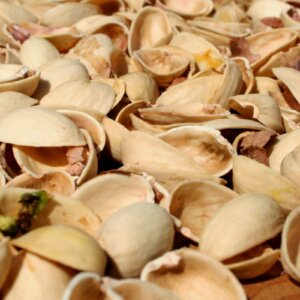

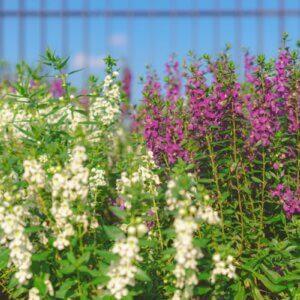
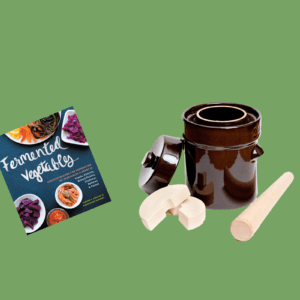
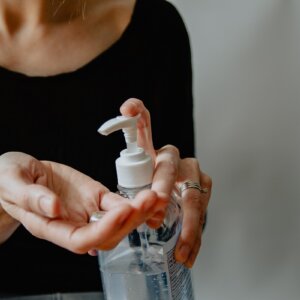
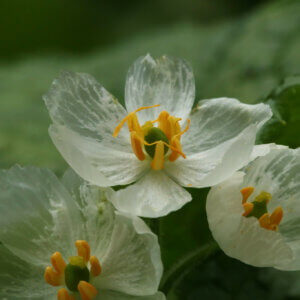







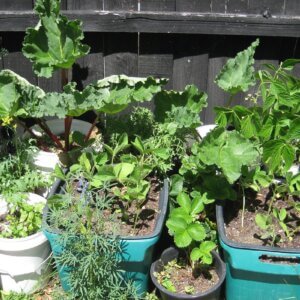
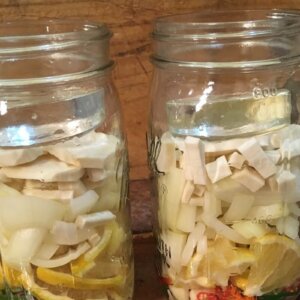

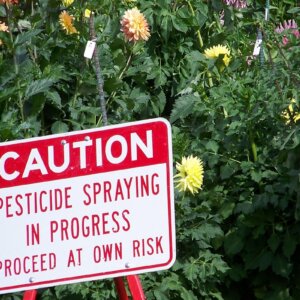
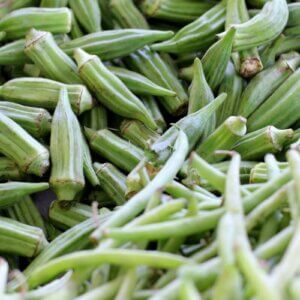

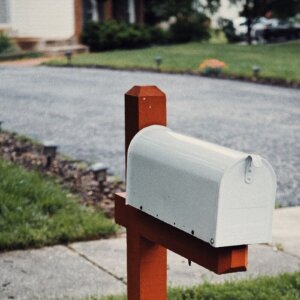
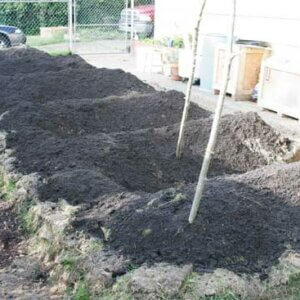

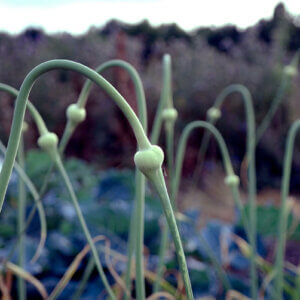
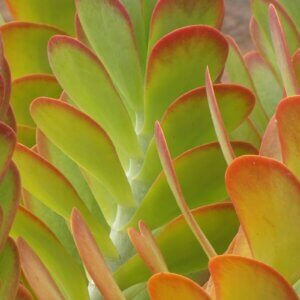
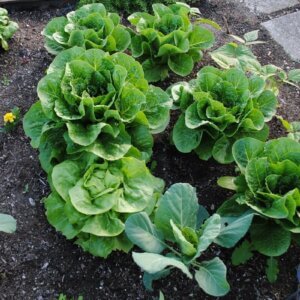
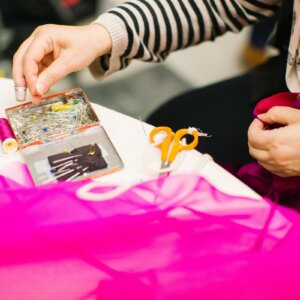

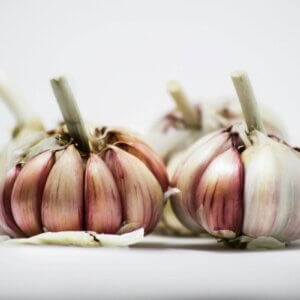
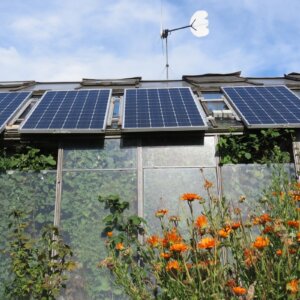


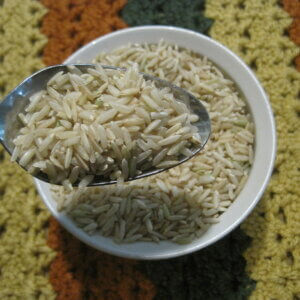
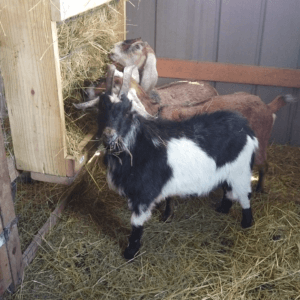



Leave a Reply